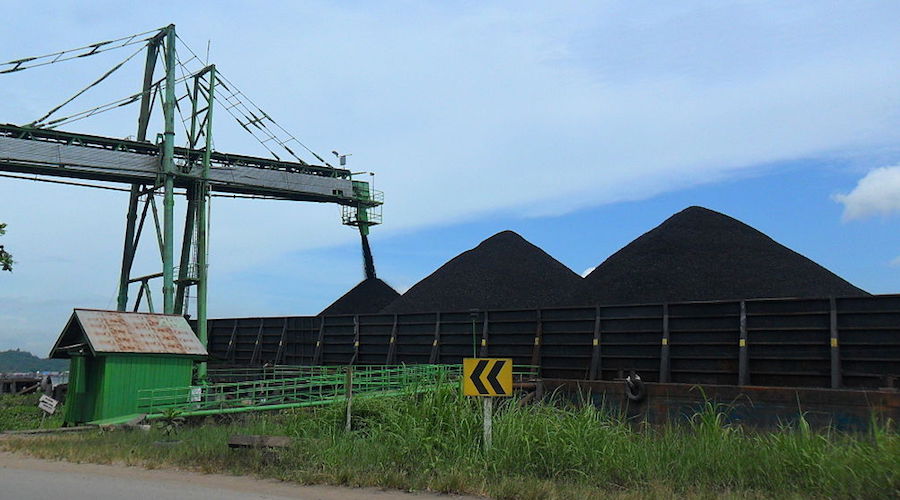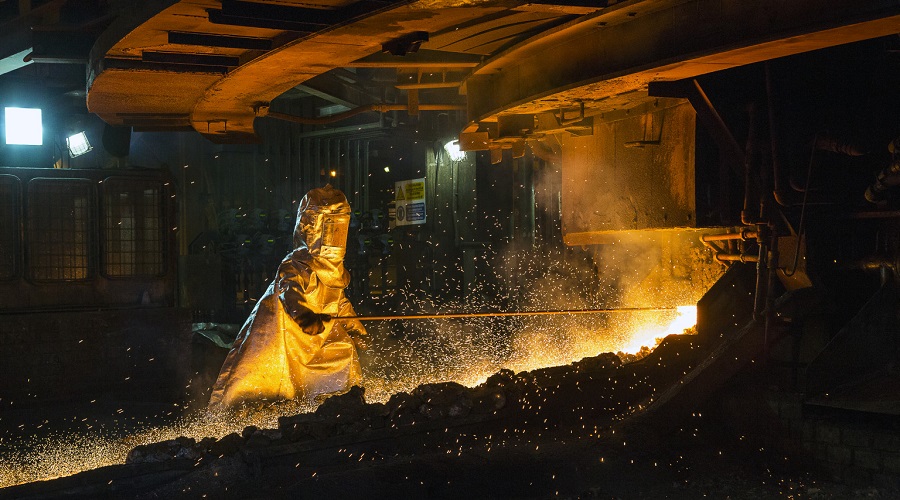Indonesia president orders ministers to target lower exports of raw coal

Indonesian President Joko Widodo ordered his cabinet ministers on Friday to set a target to reduce exports of unprocessed coal and accelerate plans to develop derivative industries for processing the fuel in Southeast Asia’s biggest economy.
Indonesia, the world’s biggest thermal coal exporter, should quickly develop a local industry to upgrade, liquefy and gasify its coal, the president said, urging ministers to determine the volume of output that could be used for such processing.
“I want to seek solutions on the slow development of the derivative industry because we have been exporting raw coal for too long,” Jokowi, as the president is widely known, said in a broadcast of a virtual meeting.
Indonesia has been seeking to squeeze more value out of its rich mineral resources ranging from copper to nickel by processing raw materials at home.
The government aims to partially replace imports of liquefied petroleum gas (LPG) with dimethyl ether (DME) made from coal
Indonesia produced 610 million tonnes of coal last year and has targeted 550 million tonnes in 2020. Most of Indonesia’s coal is exported, with the rest mainly used in power generation.
To encourage the sector, the government’s recently passed Job Creation Law offers zero royalty payments if companies create more value from coal, while a mining law passed in May guarantees permit extensions if miners integrate processing.
The Indonesia Coal Miners Association (ICMA) welcomed incentives for a downstream industry.
“But to push for this acceleration, a thorough study is needed and ICMA is ready to assist the government to develop the roadmap,” said executive director Hendra Sinadia.
If successful, the plans could make up for weaker imports, said Shahim Zubair, a director with Fitch Ratings.
“However, the success of the downstream plans will mainly be dependent on the economics of the coal-to-gas projects,” Zubair said, noting some regional projects had not been very profitable.
The government aims to partially replace imports of liquefied petroleum gas (LPG) with dimethyl ether (DME) made from coal.
State-controlled coal miner PT Bukit Asam is currently building a coal gasification plant which is due to produce 1.4 million tonnes of DME per year from 2025.
(By Fransiska Nangoy and Maikel Jefriando; Editing by Ed Davies and Raju Gopalakrishnan)
{{ commodity.name }}
{{ post.title }}
{{ post.date }}

Comments